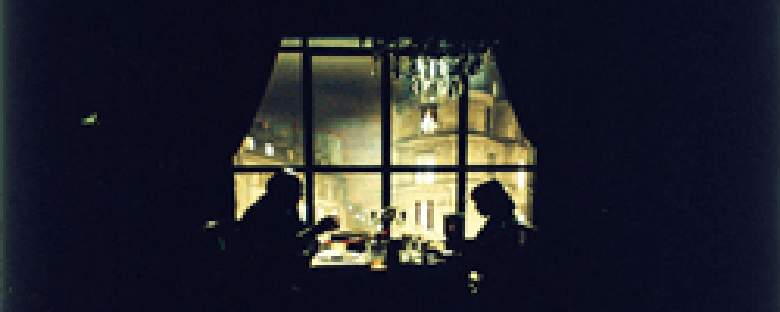Reviews
Manoel de Oliveira
France / Portugal, 2006
Credits
Review by Leo Goldsmith
Posted on 26 October 2006
Source New Yorker Films 35mm print
Related articles
Features: The 44th New York Film Festival
By the age of 98, most filmmakers have died or otherwise retired, and it is only a paltry few who continue to work with any regularity. Of these few, one can hardly expect any works of great social or cultural currency, much less anything groundbreaking. And so it is a little odd that Manoel de Oliveira, in his ripest years, has chosen to update Buñuel’s Belle de Jour. The prior film, like many of Buñuel’s films, is a work of great social provocation. It makes for an unlikely source-text for Oliveira’s sequel, a film that, taken on its own terms, both benefits and suffers from its director’s mature years.
Now, perhaps it is a little unfair — and perhaps not a little “ageist” — to consider Belle Toujours in terms of its director’s vintage. But then, other than its almost perfunctory relation to Buñuel, the film gives one very little else on which to hang one’s critical hat. Beginning in the plush but rigid confines of a concert hall and ending in the similarly furnished private rooms of an immaculate restaurant some sixty-eight minutes later, the film displays an almost comfortingly blinkered purview, moving with the drowsy, lumbering, and rather drunken gait of Michel Piccoli as he reincarnates Henri Husson from the earlier film.
Forty years after the events of Buñuel’s film, Husson sits relishing the swoons of Dvorak and chances to spy the belle Séverine (played here by Bulle Ogier in a wig, and not Catherine Deneuve) from across the audience. This encounter (or near-encounter — she sees him as well, and manages to avoid him for the better part of the movie) sets up the film’s few events, sending Husson to the hotel at which she is staying and (repeatedly) to a bar she has frequented. Swilling whisky by the fistful and chumming with the young bartender and resident whores, Husson wistfully thinks back to his younger days and to Séverine’s strange desire, of which he was sadly never on the receiving end.
Each minor episode in the story is bracketed by a lengthy shot of present-day Paris (or at least its more polished surfaces), a stylistic quirk that would seem to have marked Belle Toujours as ruminative to the New York Film Festival’s acceptance committee. That these shots are overlong, unmotivated, and aesthetically bland is less egregious than the fact that they present such an atrophied image of Paris, neither the least bit realistic nor knowingly saccharine and romantic (as in a film like Before Sunset), and shamelessly, cozily limited to the most obvious and touristy locations. A three-minute shot of the Eiffel Tower at night or any of a number of Husson’s strolls along Place Vendôme are not the marks of a satire of upper-middle-class sexual mores, or of a portrait of Parisians young or old, but of a scrapbook of holiday snaps by someone too apathetic or tired to leave the Ninth Arrondissement.
But this is not to say that the film is without merit of any kind. Piccoli, a little lumbering and wheezy himself, is pleasant to watch, knocking back Scotch after Scotch with a level of resignation that would seem miserable if he weren’t so comically apathetic. And once we enter the opulent restaurant for Husson’s final showdown with Séverine, the tension mounts ever so slightly, only to be thwarted by a neatly perverse denial of resolution and a single, pointless morsel of surrealism in the form of an all-too-symbolic cockerel. If anything, this lack of resolution reinforces the film’s overall lack of ambition, something that is, in itself, mildly refreshing. But ultimately, Belle Toujours offers little expansion on the original story, little insight into the nature of sadism and masochism in film or in life, and, worst of all, almost no complement to Buñuel’s film. Like Husson observing a statue of Joan of Arc or a romantic oil painting of a lady’s rump, Belle Toujours regards Belle de Jour at arms’ length — as something to be observed, admired, ruminated over, and remembered fondly, but uncritically. One cannot imagine that Buñuel would welcome such a sequel.
We don’t do comments anymore, but you may contact us here or find us on Twitter or Facebook.



